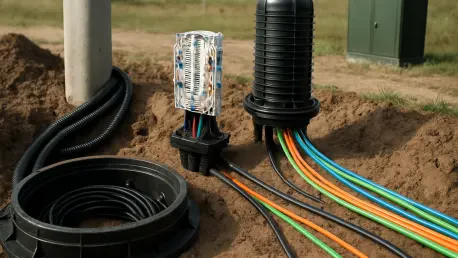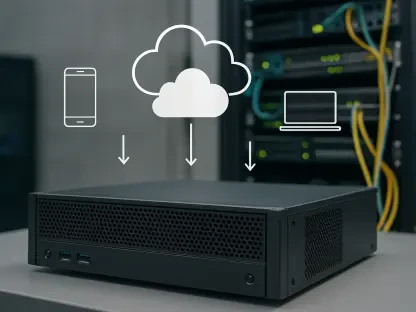I’m thrilled to sit down with Matilda Bailey, a renowned networking specialist with a deep focus on cutting-edge technologies and trends in cellular, wireless, and next-generation solutions. With her extensive expertise in the telecom industry, Matilda offers a unique perspective on the evolving landscape of fiber network infrastructure. Today, we’ll dive into the world of fiber utilities, exploring their rise, the challenges they face in profitability and competition, and the innovative strategies they must adopt to thrive in a rapidly changing market.
Can you explain what a fiber utility is and how it stands out from traditional telecom operators?
Absolutely. A fiber utility is essentially a wholesale-only operator that focuses on building and managing fiber network infrastructure rather than selling services directly to end customers. Unlike traditional telecom operators, which often handle both infrastructure and retail services, fiber utilities concentrate on providing the backbone—think of them as the highway builders who let others drive the cars. Their business model is heavily centered on capital expenditure to lay down the network, and they lease access to internet service providers (ISPs) who then serve the end users.
What factors contributed to the surge of fiber utilities in the early 2020s, particularly in Europe?
The early 2020s were a perfect storm for fiber utilities, especially in Europe. You had regions with low fiber penetration, meaning there was a huge untapped market for high-speed internet infrastructure. Governments stepped in with subsidies to encourage rollout, recognizing the importance of connectivity for economic growth. On top of that, low interest rates made it easier for companies to borrow money for these capital-intensive projects. It created an environment where alternative network providers and joint ventures could flourish, betting on long-term demand for fiber.
Why are so many fiber utilities struggling to turn a profit despite this initial boom?
Profitability is a tough nut to crack for fiber utilities because of the nature of their business. The upfront costs for rolling out fiber networks are enormous—think digging trenches, laying cables, and securing permits—and it can take years to see any return on that investment. Meanwhile, market conditions have shifted. Competition has heated up, capital costs have risen with higher interest rates, and investors are pushing for quicker returns. For most of these operators, costs are growing faster than revenue, leaving them in the red when you look at earnings before interest and taxes.
What are some actionable ways fiber utilities can cut costs to improve their financial outlook?
Cost reduction is critical, and there are a few practical approaches. One exciting avenue is using AI-driven software to optimize planning, installation, and operation of fiber networks. This tech can predict the most efficient routes and reduce waste during rollout. Another key strategy is being selective about deployment areas—focusing on regions with lower labor costs, favorable regulations, and higher population density to maximize bang for the buck. The challenge is that high-cost areas often need sky-high utilization rates to break even, which isn’t always feasible.
How important are take-up rates for the revenue side of a fiber utility’s business model?
Take-up rates are absolutely make-or-break for revenue. They represent the percentage of potential customers in a covered area who actually subscribe through ISPs using the fiber utility’s network. Higher take-up means better network utilization and steadier income. By hosting multiple ISPs, fiber utilities can attract a broader customer base, which boosts those rates. When take-up is low, the infrastructure just sits there underused, and the operator struggles to recoup their massive initial investment.
How is growing competition impacting fiber utilities in today’s market?
Competition is a real pressure point right now. You’ve got infrastructure overbuild happening, where multiple operators lay fiber in the same area, leading to market saturation. This fragments the customer base and drives down prices, making it harder for fiber utilities to achieve scale. Some are also up against incumbent operators who have their own wholesale divisions or offer competitive retail options, which can squeeze out smaller players. It’s forcing fiber utilities to rethink their strategies, whether through partnerships, diversifying services, or focusing on niche markets.
What is your forecast for the future of fiber utilities as they navigate these evolving challenges?
I think the future of fiber utilities hinges on adaptability. Those who can scale up, improve take-up rates, and leverage technologies like AI for efficiency will survive and even thrive. We might see more consolidation as struggling players get acquired by larger telcos looking to bolster their infrastructure. Diversification into areas like data centers or tower operations could also be a game-changer. But if they don’t evolve—whether by cutting costs, rethinking deployment, or finding new revenue streams—many risk becoming obsolete in a hyper-competitive market.









